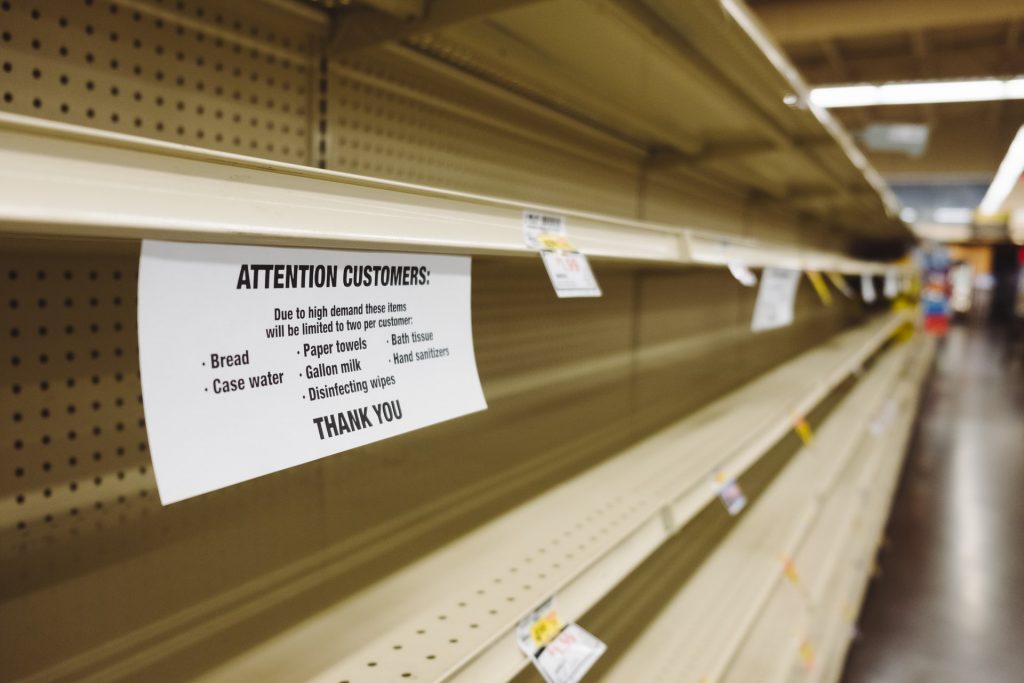Revolutionizing Manufacturing Efficiency: Strategies for a Productive Future
Uncover game-changing tactics and cutting-edge technologies that will inspire you to revolutionize your production line and improve manufacturing efficiency.


Discover the benefits of AccelGrid

Convert more leads into revenue

Manage orders at scale

Streamline billing and get paid on time

Rock-solid inventory control

Optimize your supply chain

Switch to lean manufacturing

Sell anywhere, anytime with mobile POS

Simplify accounting and grow your business

Sell more with integrated eCommerce

AI-powered demand forecasting
Convert more leads into revenue
Manage orders at scale
Rock-solid inventory control
Streamline billing and get paid on time
Optimize your supply chain
Achieve lean manufacturing
Sell more with integrated eCommerce
Sell anywhere, anytime with mobile POS
AI-powered demand forecasting
Simplify accounting and grow your business

When was the last time you lost a potential sale because a product was out of stock? Regular stockouts can hurt your revenue in more ways than you can imagine. Surprisingly, it is not just small business owners who have lost a ton of sales due to stockouts. Stockouts cost retail businesses $1T each year; shoppers experience stockouts as frequently as every third shopping trip in some verticals. Want to reduce stockouts in your business? Learn how in this guide.
Stockout is the unavailability of specific products in your inventory when the customer is ready to buy. In other words, the business cannot meet customer demand due to the unavailability of inventory. Stockouts typically occur when businesses cannot accurately forecast demand and therefore don’t order or manufacture sufficient inventory.
The impact of not carrying enough inventory can be pretty significant. Here are some ways stockouts can impact your business:
With eCommerce sales growing at an exceptional rate, businesses can almost instantly lose potential sales to competitors. Today’s business owners realize the importance of an online presence. Selling products online on marketplaces and eCommerce stores has become easier than ever before, and customers can now look elsewhere for available products in just a few taps.
It is not uncommon for even the best-run businesses to experience stockouts. However, repeated stockouts can negatively impact the foot and digital traffic and drive shoppers to switch brands.
Stockouts can affect your warehouse and order fulfillment efficiency as well. Offering alternative products and backorders are the only options for handling a stockout situation. Unfortunately, both options can cause an additional burden on your warehouse and fulfillment teams. Substituting products can cause your warehouse team to deal with more product returns since customers are more likely to return alternative products because it doesn’t meet their expectations.
Stockouts can hurt margins as it often requires inventory replenishment through expedited shipping. When stockouts become a frequent occurrence in a business, the cost of shipping can cause budget overruns and affect profitability.
Understanding the causes of stockouts will help you plan your inventory better and reduce or even eliminate their occurrence. Here are three reasons why you run out of stock:
Inaccurate data always leads to bad decisions and poor outcomes such as stockouts. Data is your best friend when predicting future demand with a fair degree of accuracy. Accurate sales and inventory data are critical for any business owner to make good decisions.
Small and medium business owners often do not have the tools and resources to plan their inventory. They often resort to naive forecasting methods or, even worse, guesswork to forecast inventory demand. As a result, they do not have the right products at the right time to meet customer demand.
Purchase lead time is a crucial factor that contributes to stockouts. A disconnect between the purchasing team and the rest of your business and internal delays can result in longer purchase lead times and products not arriving in time.
Here are four ways that can help your business decrease or prevent stockouts.
Relying on spreadsheets to manually manage inventory often restricts visibility and limits a business’s ability to order items low on stock proactively. Using an inventory system that allows you to define order points for your products is a great way to automate procurement requisitions and combat stockouts.
With the growing popularity and advancements in artificial intelligence and machine learning, demand forecasting has become more accessible to small business owners. You no longer need a full-time data scientist to plan your inventory based on sales projections. An inventory demand forecasting tool like AccelGrid can help you accurately forecast demand based on your sales history.
Safety stock is a surplus inventory you hold to handle market demands and lead times variability. It acts as a buffer stock to handle unexpected surges in demand and lead time variability. Use our free safety stock calculator to determine how much safety stock you should carry.
A cloud-based inventory management system is one of the most powerful tools you can use to prevent stockouts. With real-time inventory tracking and automated reorder points, cloud-based inventory systems can help improve inventory performance and prevent stockouts.
Stockouts mean unhappy customers, and they also mean lost revenue. Businesses leave money on the table when items are out of stock and steer shoppers to take their business elsewhere. While it’s impossible to eliminate stockouts, businesses can take a more proactive approach to inventory planning and significantly reduce out-of-stock risks.
Uncover game-changing tactics and cutting-edge technologies that will inspire you to revolutionize your production line and improve manufacturing efficiency.
Learn how to maximize efficiency and meet customer demand consistently with these five essential inventory management KPIs.
A transparent and effective supply chain is the backbone of any successful eCommerce brand. Here are some great actionable tips to optimize your supply chain.